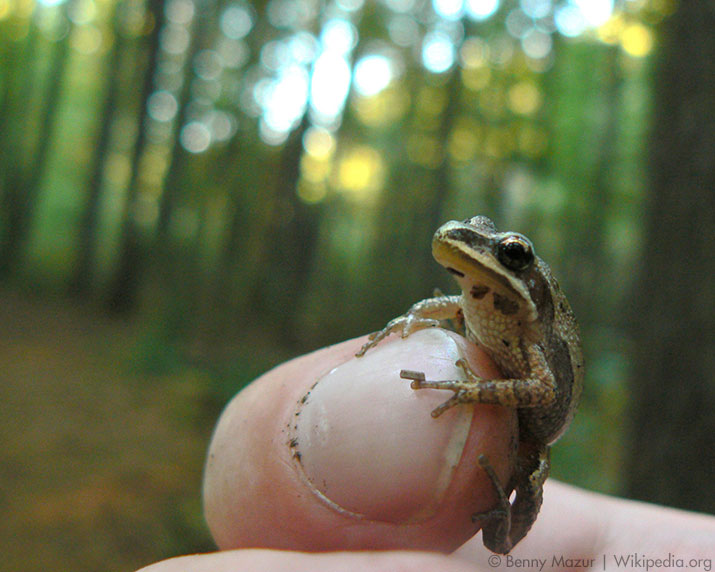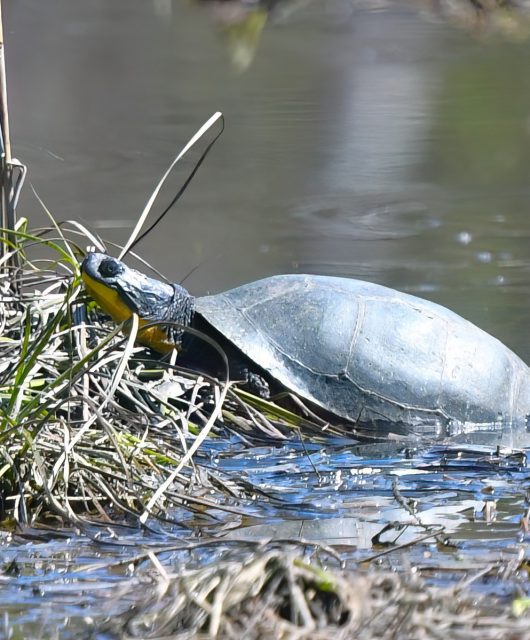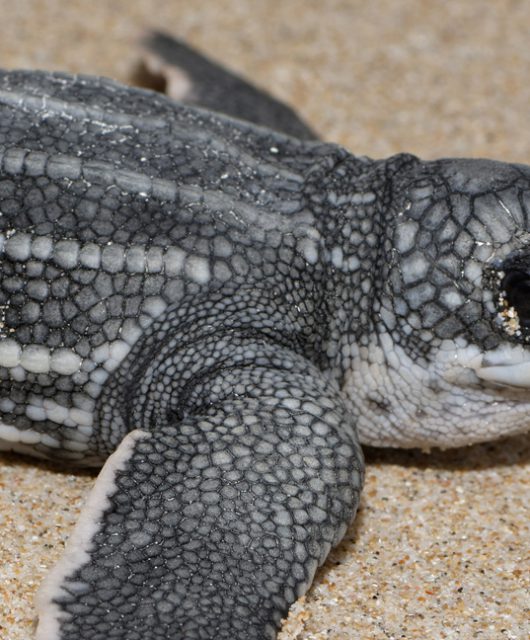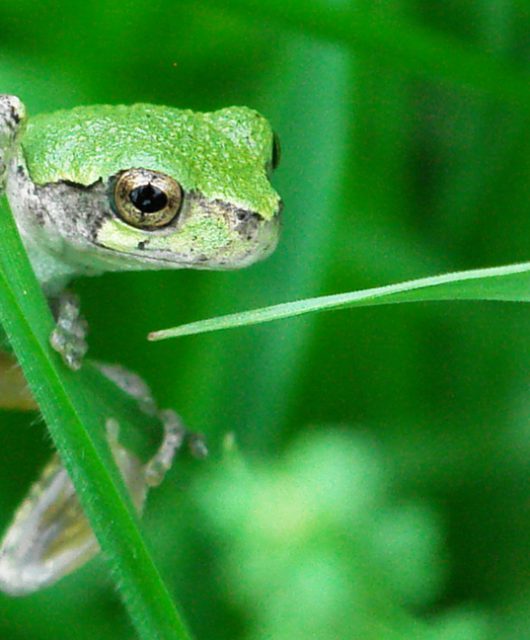The Blanding’s Turtle is undoubtedly one of our favourite freshwater turtle species.
It has often been touted as something of a posterchild for turtle conservation efforts in and around the Great Lakes. It’s easy to see why — with their bright yellow throats and permanent smile — they’re pretty cute.
But like all turtle species in Canada, they are a species at risk. Looking at the annual routine of these little smiling wanderers shows why.
Travelling Turtles
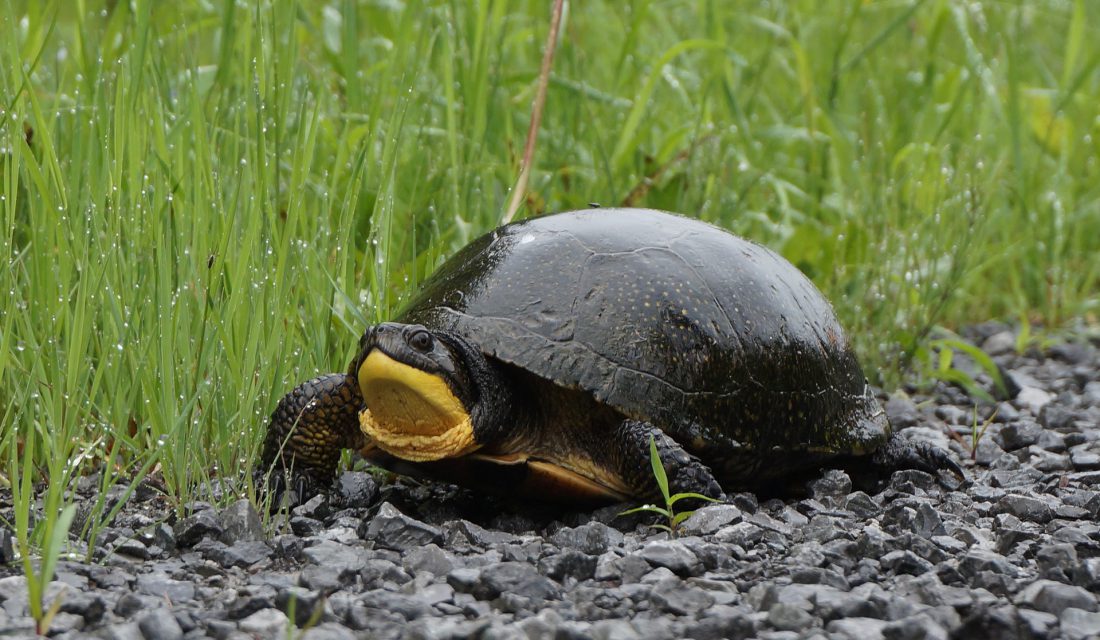
The first thing to note about Blanding’s Turtles is that they like to travel. A lot. A Blanding’s Turtle will typically use and area between 10 to 60 hectares (roughly 18.5 to 112 football fields). Even larger ranges have been recorded!
Within these ranges is a network of wetlands. This is the habitat that Blanding’s Turtle primarily uses. It may seem a bit bizarre to talk about a “network” of wetlands and why a Blanding’s Turtle needs more than one, but not all wetland environments are created equal. Here are a few examples of why a Blanding’s Turtle may choose to move:
- Finding a suitable overwintering habitat. Turtles need to be careful where they hibernate! If they select a location that isn’t quite right, the conditions can kill them over winter.
- Finding a mate. As with many species, dispersal of a few individuals helps keep a population genetically healthy.
- Finding food. In nature, many food sources are only around at specific times in specific locations. In order to capitalize on these, Blanding’s Turtles have to seek them out.
Going the Distance
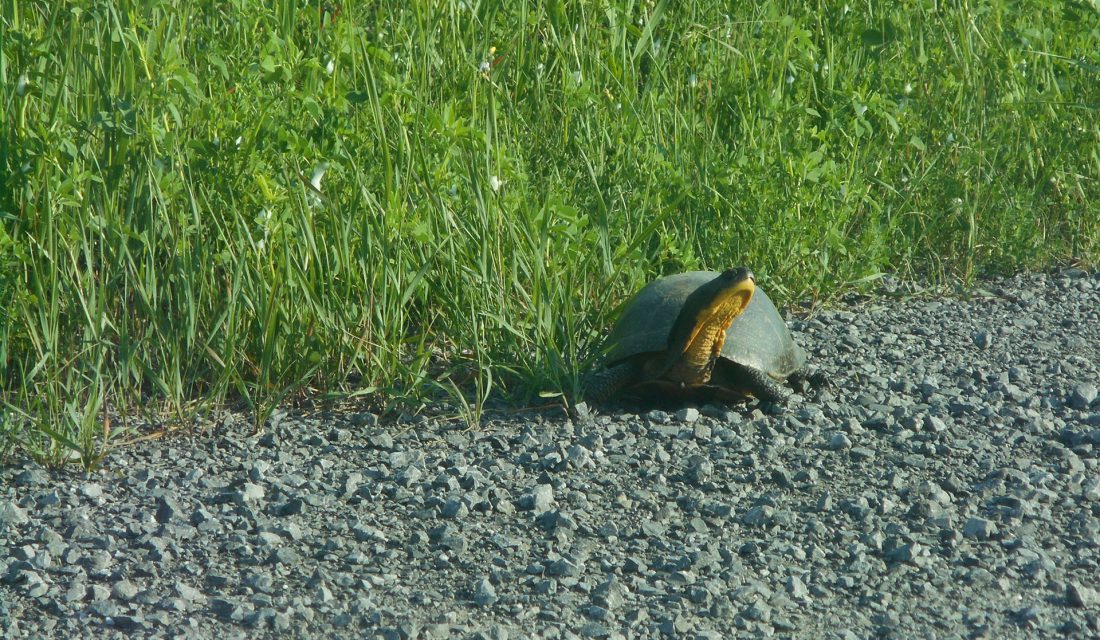
With all this travelling, it may not come as a surprise that a large part of it is done overland. As such, the Blanding’s Turtle is slightly unusual in that it not only needs wetland habitat, but also suitable upland habitat. This drier land needs to connect the various wetlands they travel between. Sometimes these pilgrimages may exceed two kilometres.
But this isn’t the longest trek these one-kilogram bundles of determination may undertake. Expectant mothers will often make the longest overland trips searching for that perfect spot to nest. Unfortunately, it is all too often the side of a road, endangering both her and any offspring that may emerge from the nest.
Road Crossing
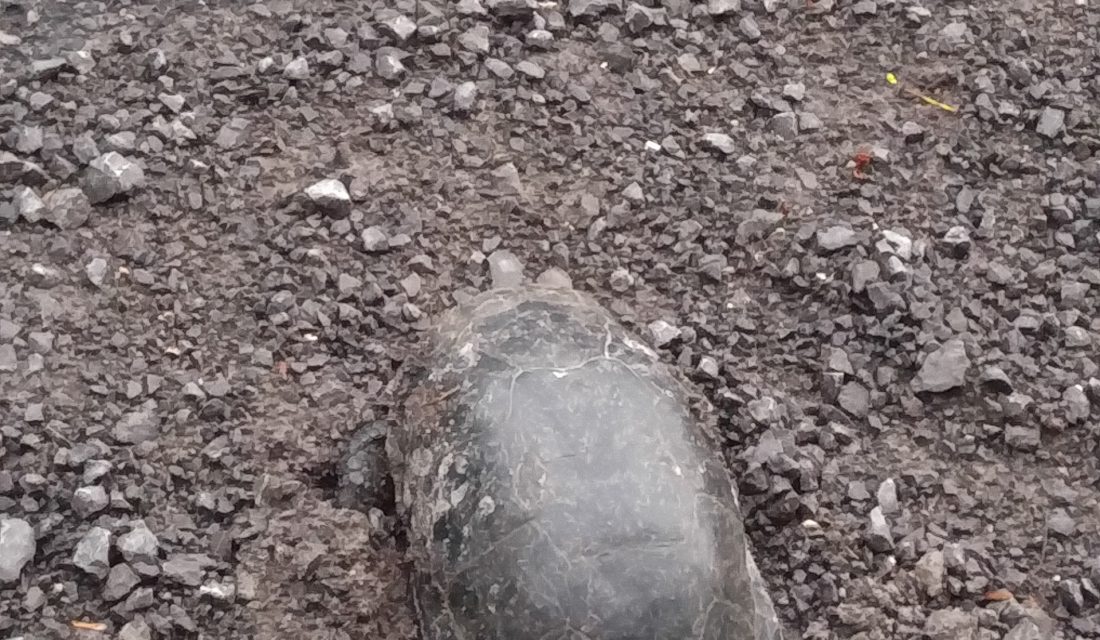
Each time a Blanding’s Turtle leaves a wetland to address a specific need, there is the chance that they have to cross a road to reach their destination. In fact, in many areas of southern Ontario it is difficult to be more than one kilometre from a road. So it is very likely that any movement over land will require interaction with a road.
Between the draining of wetlands and deforestation, the natural habitat of the Blanding’s Turtle is being fragmented. This in turn makes these journeys more difficult. In fact, discouraging them from following their normal routine and making the trek more dangerous — often forcing them to travel through new terrain such as roads — may prove lethal.
How You Can Help
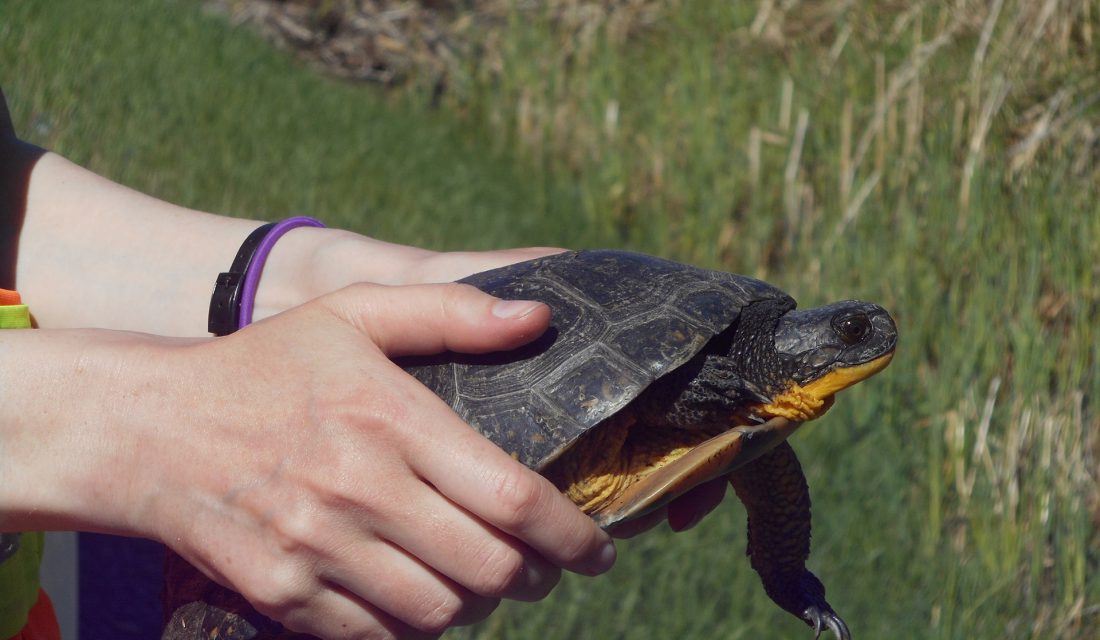
If you do encounter turtles on the roads, stop and help them in the direction they are heading, if it is safe to do so. There’s a very real chance that that turtle has a long journey ahead. Most species can be easily carried in the direction they were heading by picking them up by the sides.
For more detail on how to help turtles cross the road, read “How to help a turtle cross a road”. If you feel up to the challenge, we also encourage you to watch our video below on how to safely handle a Snapping Turtle.

